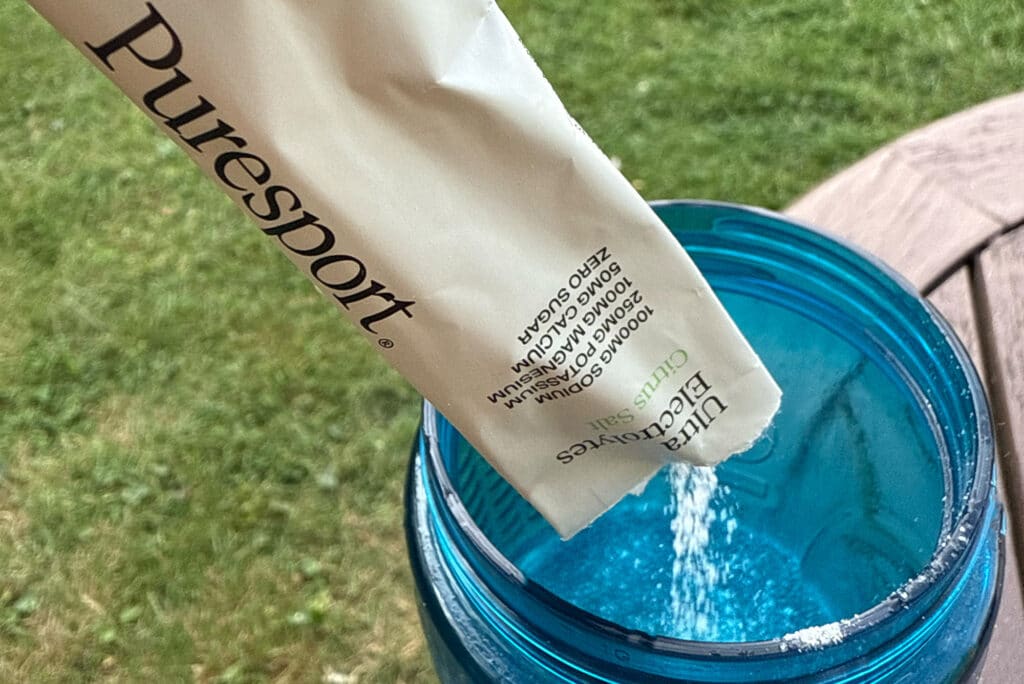


Rest days are an essential part of any workout routine. They provide the body with the necessary time to recover and repair from intense physical activity. However, many people underestimate the importance of rest days and tend to neglect it in their exercise schedules.
In this article, we look at the importance of running rest days and why they are crucial for our overall health and performance in running and fitness activities.
Rest days refer to days when you take a break from your regular workout routine. This means no running, strength training, or any other intense physical activity. A rest day can also include active recovery such as cross-training, stretching, or low-impact exercises like yoga or swimming. They are important for runners because they allow the body to rest and recharge, which is essential for optimal performance.
A rest day is essential for giving our muscles and joints a break from the constant tension and impact of running. During exercise, small tears occur in our muscle fibres, which is a normal part of the muscle-building process. However, these tears need time to heal and grow stronger. A rest day allows for this healing process to take place, preventing overuse injuries and promoting muscle growth.
Moreover, a rest day can also help in replenishing glycogen stores, which is essential for providing energy during exercise. When we exercise, our bodies use up these glycogen stores, and rest days allow them to be refuelled, ensuring that we have enough energy for the next workout session.
Rest days are not just for recovery; they also play a crucial role in improving our running performance. Here’s how:
The number of days you should run per week depends on various factors such as your fitness level, running goals, and overall health. It’s essential to listen to your body and not push yourself beyond what you can handle. Most experts recommend incorporating at least one rest day in between running sessions to allow for proper recovery.
The number of rest days needed each week can vary from person to person. Some individuals may require more rest days due to their fitness level, while others may need less. The key is to listen to your body and adjust accordingly.
However, a general guideline for the average runner would be to have one or two full rest days per week. These can either be taken consecutively or spaced out throughout the week.
It’s also essential to remember that rest days don’t have to mean complete inactivity. Low-intensity activities such as walking, yoga, or swimming can also be incorporated on rest days to keep the body moving and aid in recovery.
One common mistake that many runners make is ignoring pain and pushing through it without taking a break. However, if you’re experiencing persistent pain or discomfort during exercise, this could be a sign of an overuse injury, such as stress fractures, and may require more than just one rest day to recover properly.
It’s essential to listen to your body and take appropriate measures such as resting, icing, and seeking medical advice if the pain persists.
The distance and intensity of your runs play a significant role in determining how much rest your body needs. Longer and more intense runs require more rest days for proper recovery, while shorter and low-intensity ones may not need as many.
It’s crucial to find a balance between the two and avoid overtraining, which can lead to burnout and injuries. Listening to your body and gradually increasing distance and intensity can help prevent overtraining.
Monitoring your resting heart rate (RHR) can also give you an indication of your blood flow and when you may need a rest day. On days when you’re well-rested and recovered, your RHR should be lower than normal. However, if it’s consistently higher than usual, this could be a sign that your body is not fully recovered and needs more rest.
Experience is another factor that can impact the number of rest days needed. Beginners may require more rest days as their bodies adjust to the demands of running, while experienced runners may need fewer.
It’s essential to gradually build up your running routine and allow for proper recovery, regardless of your experience level. This will help prevent overuse injuries and improve overall performance in the long run.
No matter the exhilaration you feel post-run, the actual fitness gains aren’t happening while you’re pounding the pavement. The magic occurs after your workout, in the moments of utmost relaxation on your couch, embodying peak laziness. It’s a counterintuitive notion, yet a paradigm shift towards understanding the critical role of rest illuminates its paramount importance.
Engaging in rigorous exercise provides the necessary stress that prompts your body to adapt and strengthen. However, without adequate rest, you’re merely wearing your body down without reaping the rewards. Embracing rest days is crucial for your body to assimilate the workout, adjust to the stress, and emerge stronger. It guarantees that your active days are truly productive, enhancing the efficacy of future workouts.
You might feel compelled on a running streak to continually increase your workout’s mileage and intensity, aiming for remarkable performance improvements. However, pause for a moment.
Always intensifying your workouts in length and difficulty is unsustainable. It’s simply beyond human capacity. Training will create microscopic tears in your body’s tissues, and without giving your body time to recover, not only will the anticipated fitness gains remain elusive, but you also risk significant injury.
Moreover, a training plan without sufficient rest is proven to trigger a plethora of undesirable effects, including:
Let’s agree to avoid those outcomes, shall we?

Most experts advocate for incorporating scheduled rest days into your training plan and weekly routine. Proactively taking time off when you’re in good health can significantly reduce the risk of being forced to pause later due to injury or overwhelming fatigue. Many elite runners concur that consistency is the key to effective training.
Rest days don’t necessarily mean you have to spend the day completely inactive (though that is an option!), but they do mean you should take a break from running. If the thought of skipping a day of training fills you with guilt or anxiety, there are productive ways to increase blood flow and still contribute to your running goals, such as:
This approach underscores the importance of balance in a runner’s routine and training plan, emphasising that rest days are as vital as training days for long-term success and well-being.
Taking appropriate rest days can help you stay motivated for your next workout. Giving your body a break allows you to come back stronger and more energised, ready to tackle your next run.
Moreover, incorporating cross-training activities on rest days can also keep things interesting and prevent boredom from setting in. This can help you maintain consistency in your training program and ultimately achieve your running goals.
If you’re feeling restless on your rest days and want to stay active, here are some low-intensity cross-training workout ideas that can help your rest day recovery while also keeping your body moving:
Remember to always listen to your body and choose activities that feel comfortable and won’t hinder your recovery process.
Don’t underestimate the importance of rest days in your training routine. By incorporating proper rest days, you can improve your overall performance and prevent injuries while also promoting mental and physical well-being.
At Coach the Run, we provide free training plans tailored for various fitness levels and distances, from 5k to marathons. These plans are thoughtfully designed to include rest days, ensuring you reach your running objectives in a safe and efficient manner. Why not download one today?
Give it a try and see the difference incorporating rest days can make in your running journey. Remember to always listen to your body and prioritise rest and recovery for a successful and enjoyable running experience. Happy running!
Share this article
Completing a marathon is a huge accomplishment. After months of training and hard work, crossing...
London Winner, Mike Gratton on Tapering for a Marathon The training is done, the last...
Hip injuries in runners are often a result of intrinsic and extrinsic factors that challenge...
By yoga teacher, Anneke West. Running is a popular, easy and a fantastic way to...
Running is an excellent form of exercise that can benefit your cardiovascular health, strengthen your...
“The hip bone is connected to the Thigh Bone”, as to quote a line from...
We’re here to make sure you’re up-to-date with the latest running tips, events and product discounts – we’ve always got your back! Rest assured, we value your privacy and would never dream of selling your address.
BONUS: Sign up today and receive a FREE code for our Sub-4-Hour Marathon Plan